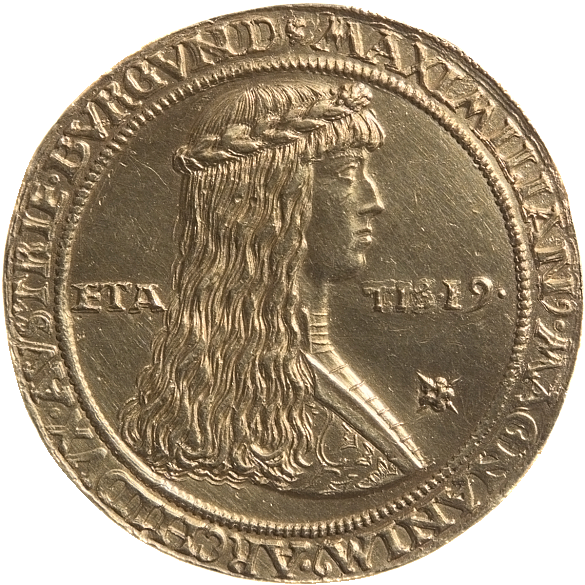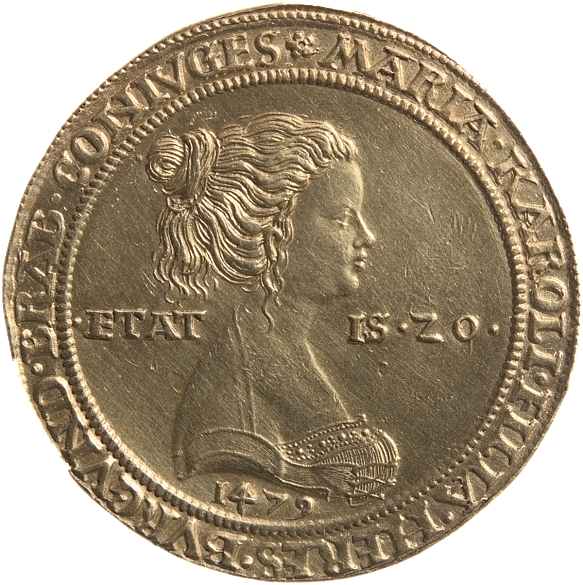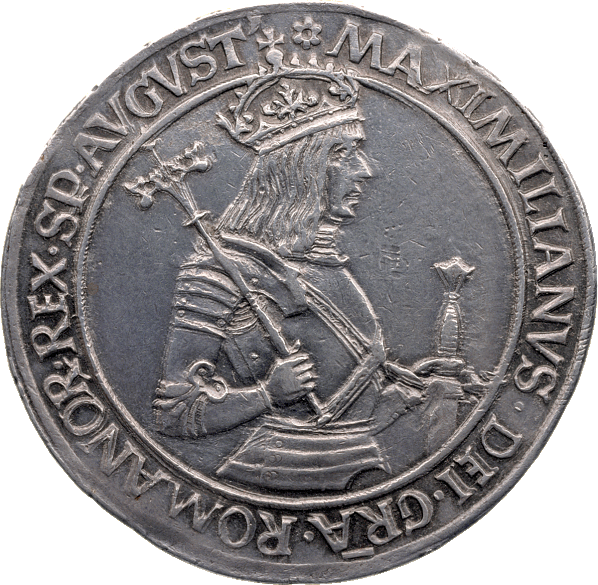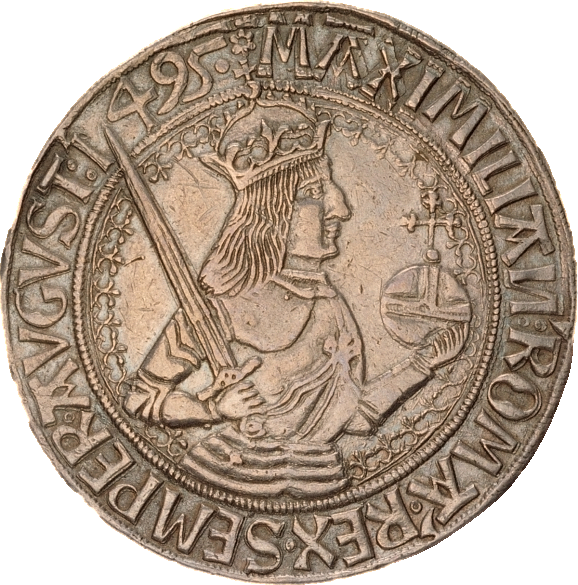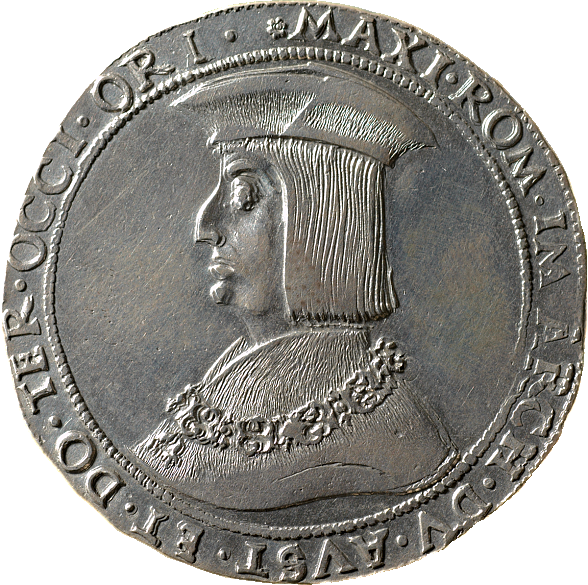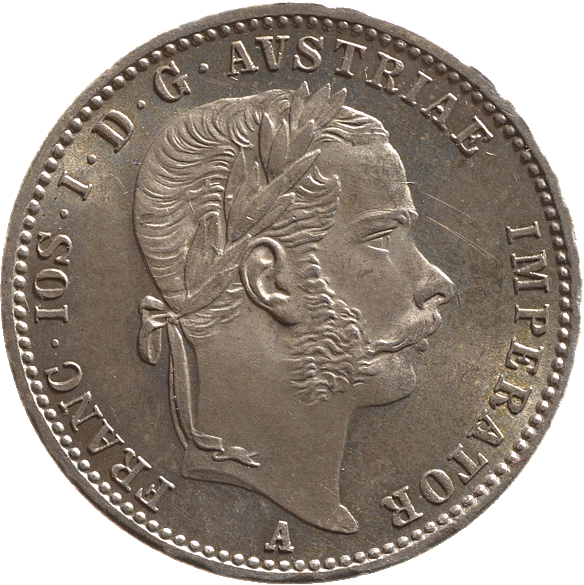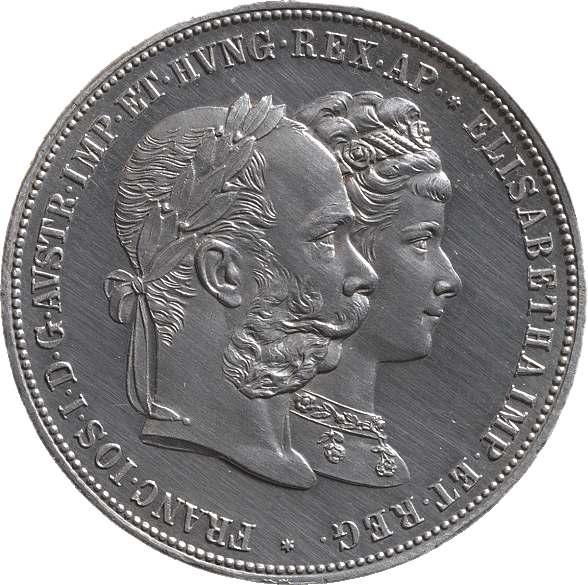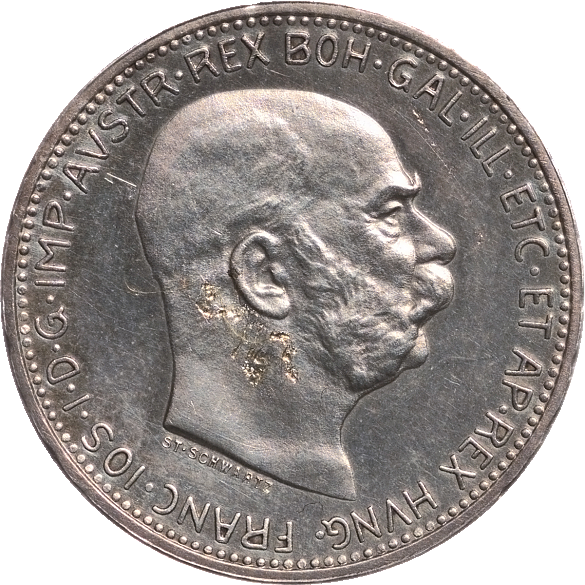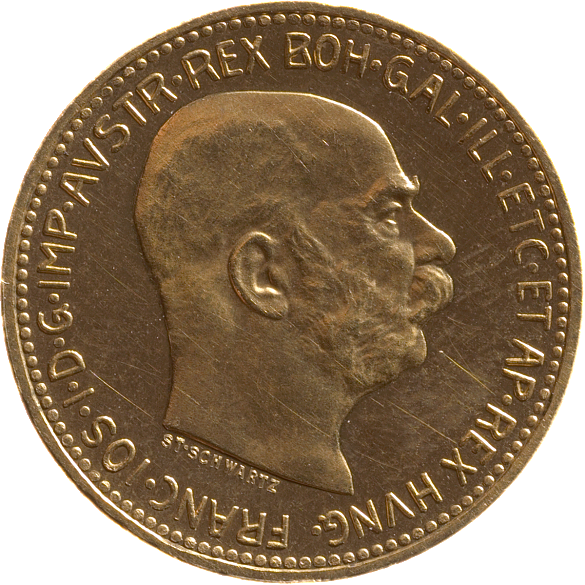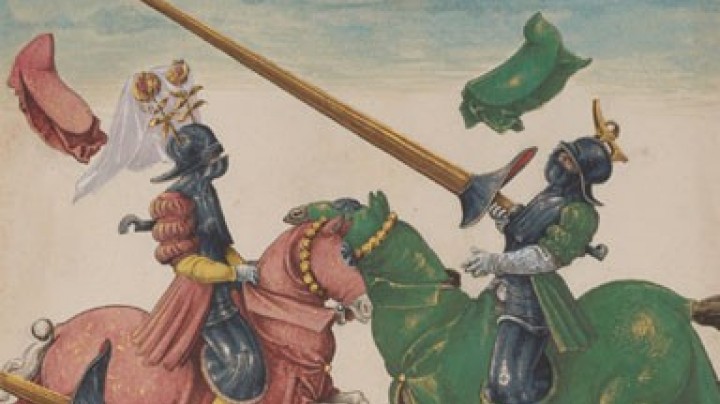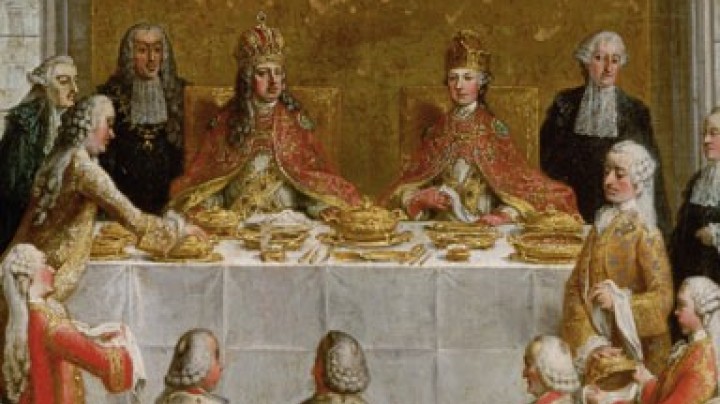Art in the service of power
The propaganda character of art is seldom revealed as clearly as in the commissions of the princely courts. However, it was not merely art but life at court as a whole that served to display the power and standing of the ruler.
There was always a political aspect to the way art was used at court and commissioned from artists. It served to demonstrate claims to power, to legitimize that power and to express a sense of elitism. Every field of art and culture, as indeed the entire court household itself, was tied into the system of displaying the power and standing of the ruler.
In the Middle Ages sumptuous clothing emphasized the wealth and leading role of the family. Splendid festivities, lavish banquets or elaborately decorated carriages symbolized the importance of a prince as much as did his castle, palace or gardens. A prince with a smaller castle was likely to have correspondingly less say in political matters. Prints propagated the message of the ruler’s power, while copperplate engravings and etchings displayed his palatial edifices and festivities to those who would never see them in natura. Nonetheless, the majority of subjects remained untouched by the ruler’s ‘propaganda’. It mainly reached the nobility, the clergy and later on parts of the upper-middle classes.
Portraits of rulers became widely distributed through coins and medals bearing their likenesses. Portraits had to accommodate the wishes of their subjects; Maximilian I stipulated that as he aged, so should his likeness on his coins, that is, at the time they were struck, the portrait should correspond to his actual age. This custom was retained until the end of the monarchy, as evident from numerous examples from the long reign of Franz Joseph.
